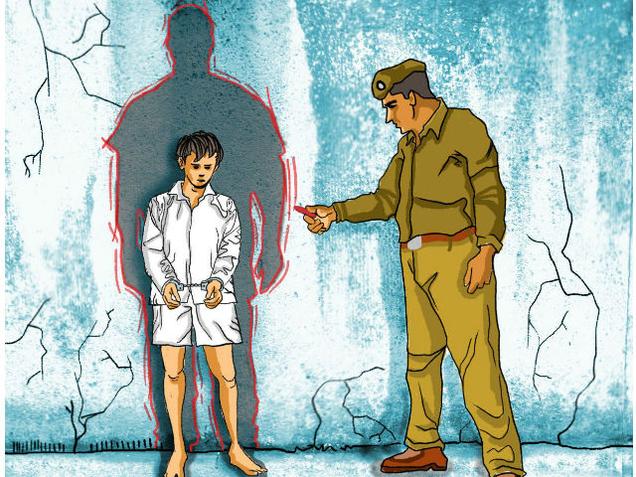The word `rape’ should not be used out of context or casually or loosely. We recently saw how the reference of this expression alone caused a heavy collateral damage in a well-known celeb’s daily life that his father had to publicly apologize for the unwarranted usage of this word.
I will also be referring to this word but in the context of a purely legal annotation. Section 375 of the Indian Penal Code defines what constitutes ‘rape’. This Section of IPC has no direct bearing on the issue being dealt by me in this write-up but somewhere I noticed a series of contradictions and anomalies in the approach of our law framers while dealing with the legal definition of `childhood’ as against `adulthood’. As per exception to commission of `rape’ under Section 375, a sexual intercourse by a man with his own wife, the wife not being under 15 years of age, is not rape. What does this imply? It implies that a female of 15 years and above. is an adult who can be lawfully raped within the marriage.
Ironically, the same framers have also adopted the Child Marriage Restraint Act, which defines `child’ as a person who, if a male has not completed 21 years of age, and if a female, has not completed 18 years of age. It also categorically penalizes marriage of a `child’. In other words, marriage of a female below 18 years is a child marriage and hence, a penal offence. However, Indian Penal Code assumes marriage of a 15-year-old female as lawful in contradiction to the Child Marriage Restraint Act because it condones the rape of a 15-year-old bride.
Now, to add to further confusion, we have a new Juvenile Justice (Care and Protection of Children) Act, which comes as a populist replacement to the existing Indian juvenile felony law, Juvenile Justice (Care and Protection of Children) Act, 2000. This new Act came into force in January 2016 to ensure that all those juveniles in conflict with the law, who are in the age group of 16-18 and involved in heinous offences, ought to be tried as adults. Meaning thereby, that a 16-year-old is an adult if he indulges in so-called offensive acts of adulthood – like murder and sexual assault. The premise of Indian law in relation to defining `childhood’ as against `adulthood’ or vice versa is not based on the natural or biological progression but unreal and characteristic evolution. Our law framers prefer idiosyncratic laws rather than objective and unbiased legislation.
The new juvenile delinquency law originated as an offshoot of a horrific gang rape in Delhi some years ago.One of the accused involved in the crime then was just a few months away from turning 18. Consequently, he got away with a soft sentence of three years in a reform home. There was public outrage, naturally so, and our law framers went with the flow of the populist wind. None examined or took note of the fact that in 1992 India had ratified the United Nations Convention on the Rights of the Child. As per the UN Convention, any human below the age of 18 is a `child’ and hence has to be dealt with equally and accordingly.
Thus, India legislated a composite law dealing with the juveniles in 2000 bringing in the mandate of the UN Convention as to ‘child in conflict with law’ and ‘child in need of care and protection’. As per the Juvenile Act of 2000, a juvenile being a person who is below 18 years of age and that any child in conflict with law cannot be treated as an adult. But the new juvenile law of 2016 carves out a category in the age group of 16-18, who can be considered as adults if they commit a heinous crime. A heinous offence being the one, which attracts a minimum seven years of imprisonment. Our domestic laws are conflicting with international laws. India is exposed to punitive actions under the international laws for breaching the UN Convention of which India is a signatory.
A bare perusal of these three statutes as discussed, briefly demonstrate the complete disparity in comprehending what a juvenile or a child or for that matter an adult actually means in the eyes of law. Lack of uniformity harbours bias and discrimination, which erodes the basic jurisprudence of law and its administration.
Hope, prudence will have a final say at the zenith.

















